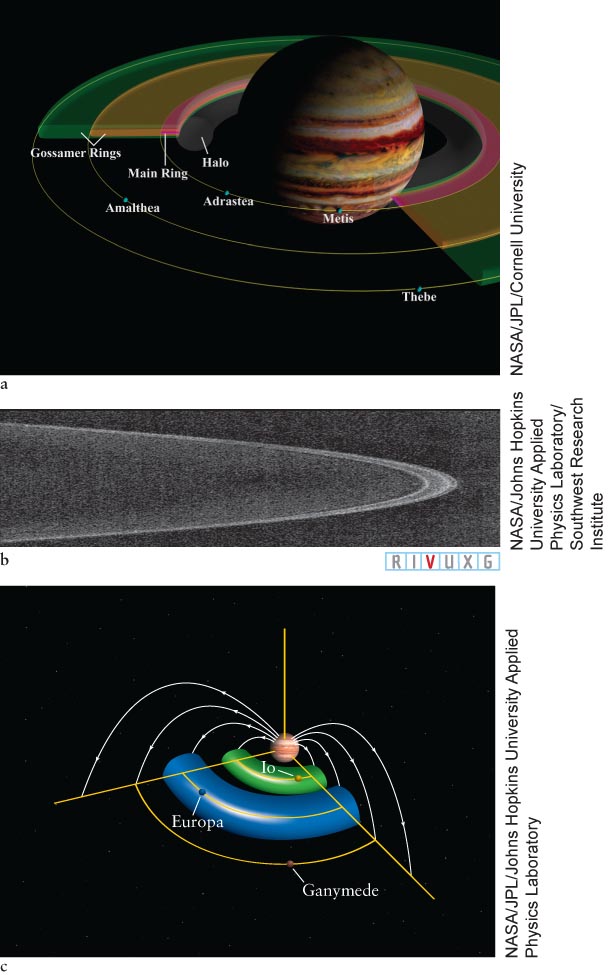
Figure 7- e- k-